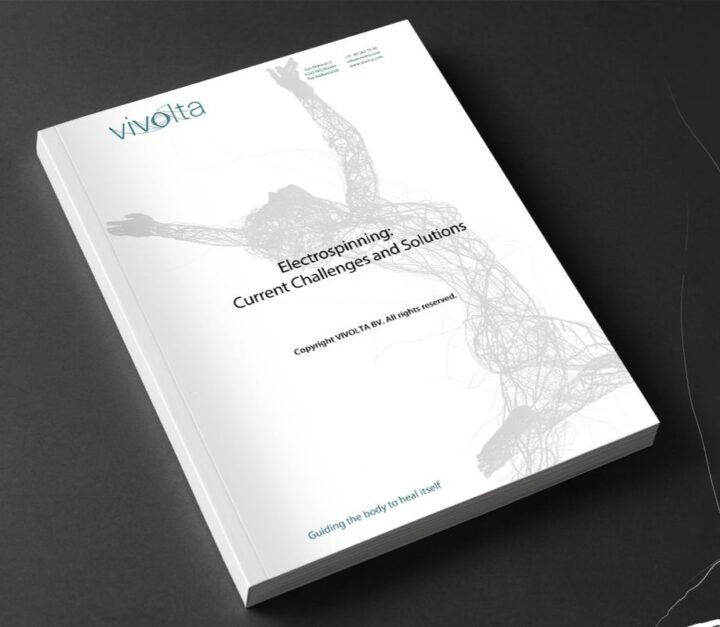A Practical Guide for Nanofiber Production
Electrospinning has emerged as a transformative additive manufacturing technique, bridging nanotechnology with industrial-scale production. In 1887, physicist Charles V. Boys observed that fine fibers could be drawn from a viscous liquid using an electric field – a precursor to what we now call electrospinning. Early 20th-century inventors like John Cooley and William Morton patented methods for electrically producing fibers (1900–1902), and Anton Formhals in 1934 filed the first patent explicitly on electrospinning (“electrical spinning”) to create artificial threads. These foundational efforts laid the groundwork for modern electrospinning, which truly gained momentum in the 1990s when Doshi and Reneker reintroduced the technique and systematically studied how parameters influence fiber formation. Advances in imaging (e.g. scanning electron microscopy) further revealed the nanometer-scale capabilities of electrospinning, solidifying it as a cornerstone of nanofiber fabrication. Today, electrospinning enables the creation of ultrafine fibers that mimic biological materials and possess unique functionalities, driving innovation across multiple industries (Keirouz et al., 2023).
The appeal of electrospun fibers lies in their exceptionally high surface area-to-volume ratio, porosity, and the ability to tailor their composition and morphology. The global market for electrospun fibers was estimated at about $1.0 billion in 2023, with demand projected to grow at a CAGR of 11.7% through 2030. Notably, the medical and healthcare sector is a major driver of this growth – accounting for roughly one-third of market share – due to a surge in electrospun products like wound dressings, drug delivery systems, tissue scaffolds, and implant coatings. This growth is fueled by the technology’s ability to address pressing needs (e.g. chronic wound care, tissue regeneration) with finely tuned nanofiber solutions, as well as improvements in manufacturing that have made large-scale electrospinning more feasible (Grand View Research, 2024). At the same time, however, the increasing adoption of electrospinning brings new challenges. Issues such as scalability, consistency, and environmental safety (many processes still rely on toxic solvents) have come to the forefront. The following sections explore what electrospinning is, its key application areas, the current challenges limiting its broader use, and how companies like VIVOLTA are developing solutions – such as the MediSpin™ system – to overcome these barriers and set new standards in the field.
Electrospinning is an additive fabrication process that uses electrostatic forces to produce fibers from a polymer solution or melt, with diameters ranging from nanometers to several microns. In a typical setup, a polymer solution is loaded into a syringe ending in a fine needle (the spinneret). A high-voltage power supply applies an electric field to the droplet of solution at the spinneret tip, while a grounded collector (e.g. a metal screen or rotating mandrel) is placed at some distance to receive the fibers. When the voltage rises to a critical value, electrostatic repulsion overcomes the fluid’s surface tension, and the droplet elongates into a conical shape known as the Taylor cone. A thin charged jet of polymer is then ejected from the cone toward the collector. As this jet travels through the air, it undergoes rapid stretching and solvent evaporation, solidifying into ultrafine fibers that deposit on the collector as a nonwoven mat (Ji et al., 2024).








